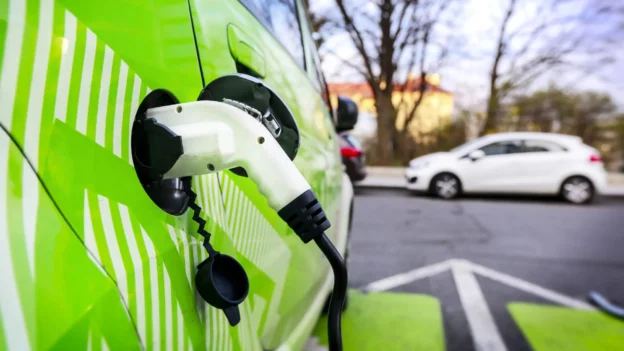The joint development of researchers from UNIST University, Korea University and the Korea Institute of Science and Technology(KIST) has presented a new material for lithium battery anodes, documented in the journal Advanced Functional Materials, which allows for improved charging speed and device life cycle.
The structural design of lithium battery anodes
The researchers developed a hybrid anode composed of mesocarbon microspheres(MCMB) and curved contorted chlorinated hexabenzocoronene(Cl-cHBC) nanolayers. The 1:1 coupling forms a homogeneous structure that facilitates the sequential insertion of lithium ions, enabling higher charging efficiency and preventing the formation of inactive lithium deposits, a typical problem in fast charging.
Electrochemical tests showed that this hybrid anode offers a capacity of 100 mAh/g at a high charge rate of 4 A/g, exceeding the performance of graphite. In full-cell tests with
Moreover, one of the strengths of this technology is its compatibility with existing industrial processes. The hybrid anode architecture can be produced using conventional processes, which facilitates its adoption on a large scale. The researchers highlight the possibility of applying this design in sodium batteries. sodium batteriesThe researchers highlight the possibility of applying this design to sodium batteries, broadening the field of application of the discovery.
The sequential lithium-ion insertion principle underlying this development represents an essential strategy for future battery design. Electric mobility and electronic devices increase the demand for faster and longer charging cycles. However, with this technology breakthrough, a solid foundation is built to address today’s technical challenges.
Source and photo: UNIST

